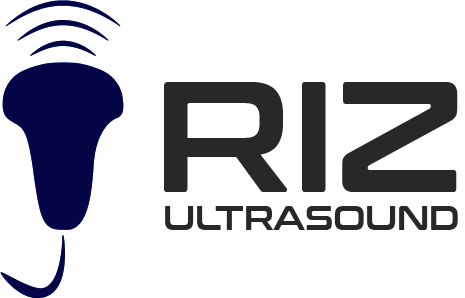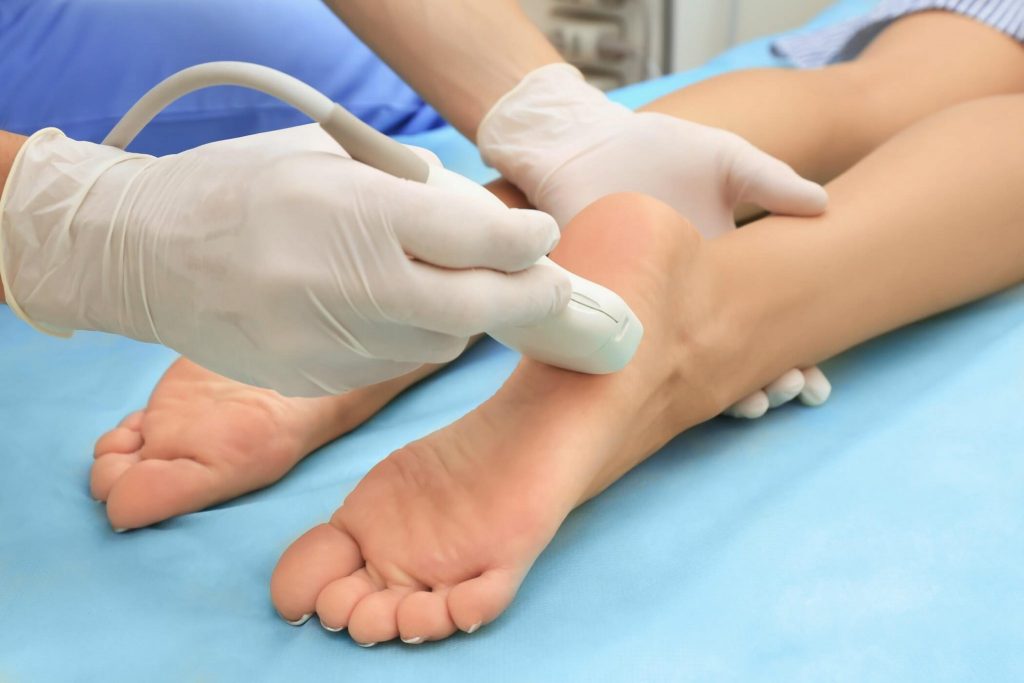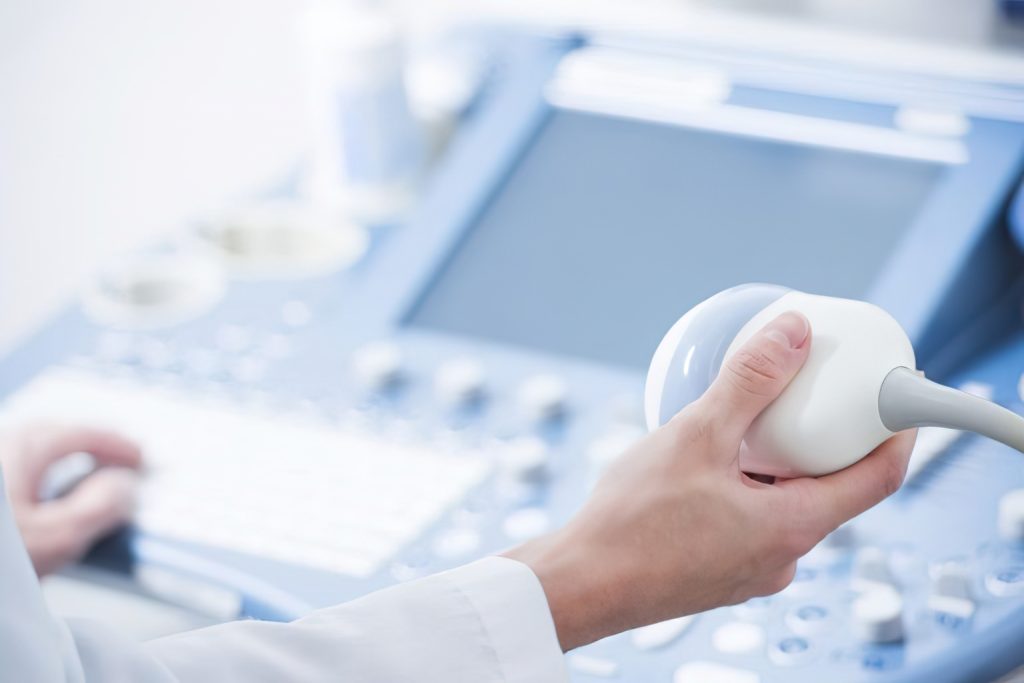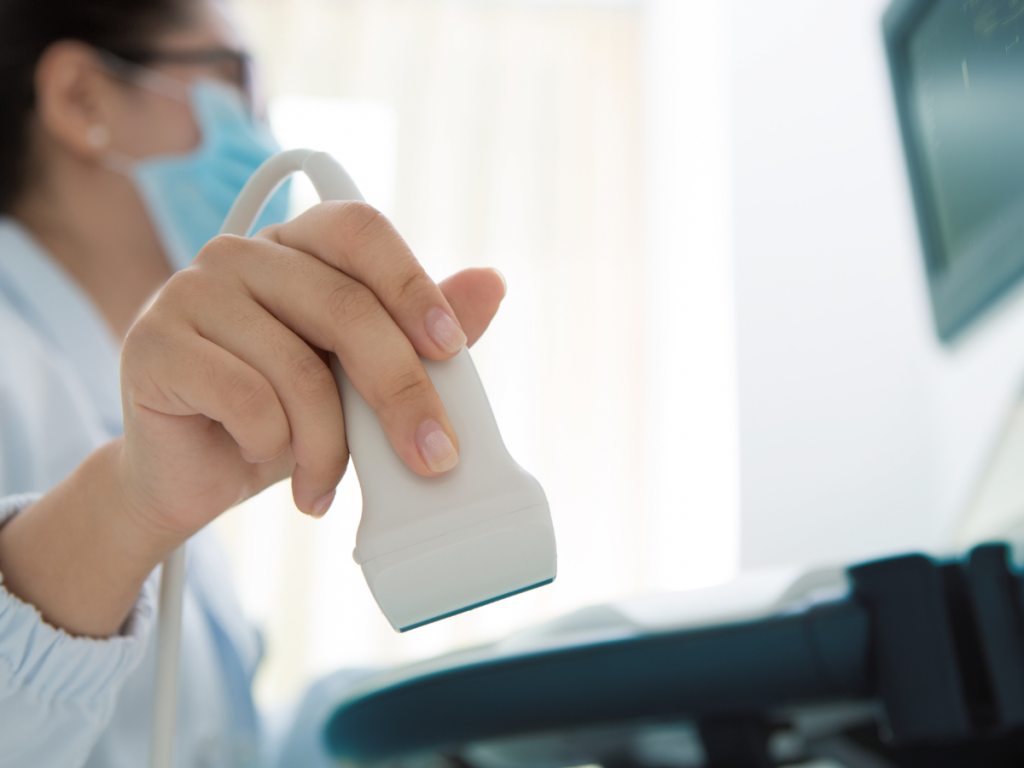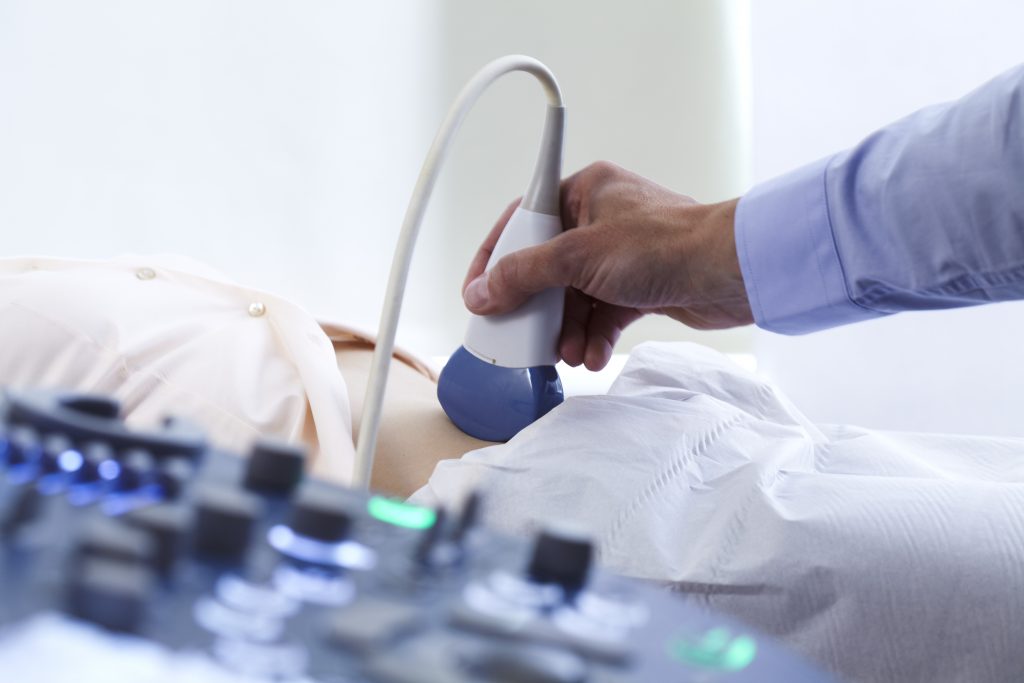It may be a difficult day for you if you feel pain in your foot or any kind of discomfort. Some conditions or injuries can cause inflammation that may lead to other complications. But we live in an advanced era where technology has provided us with some incredible solutions for our health problems. Foot Ultrasound is a non-invasive diagnostic approach that helps to detect potential causes of pain and inflammation. It is also the cheapest method compared to other imaging techniques.
This article will help you learn how this imaging technique works.
What is a Foot Ultrasound?
An ultrasound is a diagnostic procedure that involves the use of high-frequency sound waves. These waves provide images of structures within the body. It is a safe diagnostic tool that helps to identify a wide range of diseases and conditions. It is beneficial to detect the function and assessment of tendons, muscles, joints, and ligaments in specific areas of your body. If you find it difficult to put pressure on your feet, a foot ultrasound can help to identify the causing factor.
Why Do You Need an Ultrasound?
Ultrasound gives a clear image of your joints and helps to diagnose lower limb-related conditions, such as stress fractures, tarsal tunnel syndrome, foot-based arthritis, Achilles tendonitis, plantar fasciitis, ligament injuries, bursitis, etc. Experts in Private Foot Ultrasounds in Glasgow share that there are a variety of reasons that can cause inflammation, pain, and discomfort. You may need an ultrasound to detect the causing factor of the following conditions, including
- Arthritis
- Tendonitis
- Reduced Movement
- Plantar Fibroma
- Morton’s Neuroma
- Tumor
- Plantar Fibro
- Heel Spurs
If you experience symptoms like swelling, pain, limited movement, or inflammation, seek medical help. These symptoms indicate a condition or a disease that needs to be diagnosed and requires proper treatment.
How A Foot Ultrasound is Performed?
Your technician may ask you to remove the jewelry. A gel is used to apply on the affected area as it prevents the formation of air pockets that can cause interference in producing clear imaging results. A transducer is used to perform an ultrasound as it sends waves inside your skin, these waves produce an image on a screen when hit by dense objects inside your body. It will show you clear results of the function of the lower limb in real time, according to NCBI. It may take ten to fifteen minutes.
After performing the procedure, the technician will remove the gel. It is a fact that sonography is also used for performing biopsies. Doctors also perform ultrasounds to monitor the results of the treatment.
What are the Adverse Effects of Sonography?
Unlike X-rays and other imaging tests, an ultrasound is a safe, pain-free, and non-invasive diagnostic tool that does not cause harmful effects on your body. The sound waves penetrate inside your body and reflect back when they are hit by dense objects and give a clear view of ligaments, tendons, and muscles without causing any damage.
The Bottom Line
A foot ultrasound does not cause harmful effects on your body. It is the easiest, pain-free, and quickest diagnostic method compared to other imaging tests. It is a non-invasive procedure as it does not involve any incision or injection. RIZ Ultrasound provides the best quality sonography services by using advanced tools that produce clear and real-time images.
